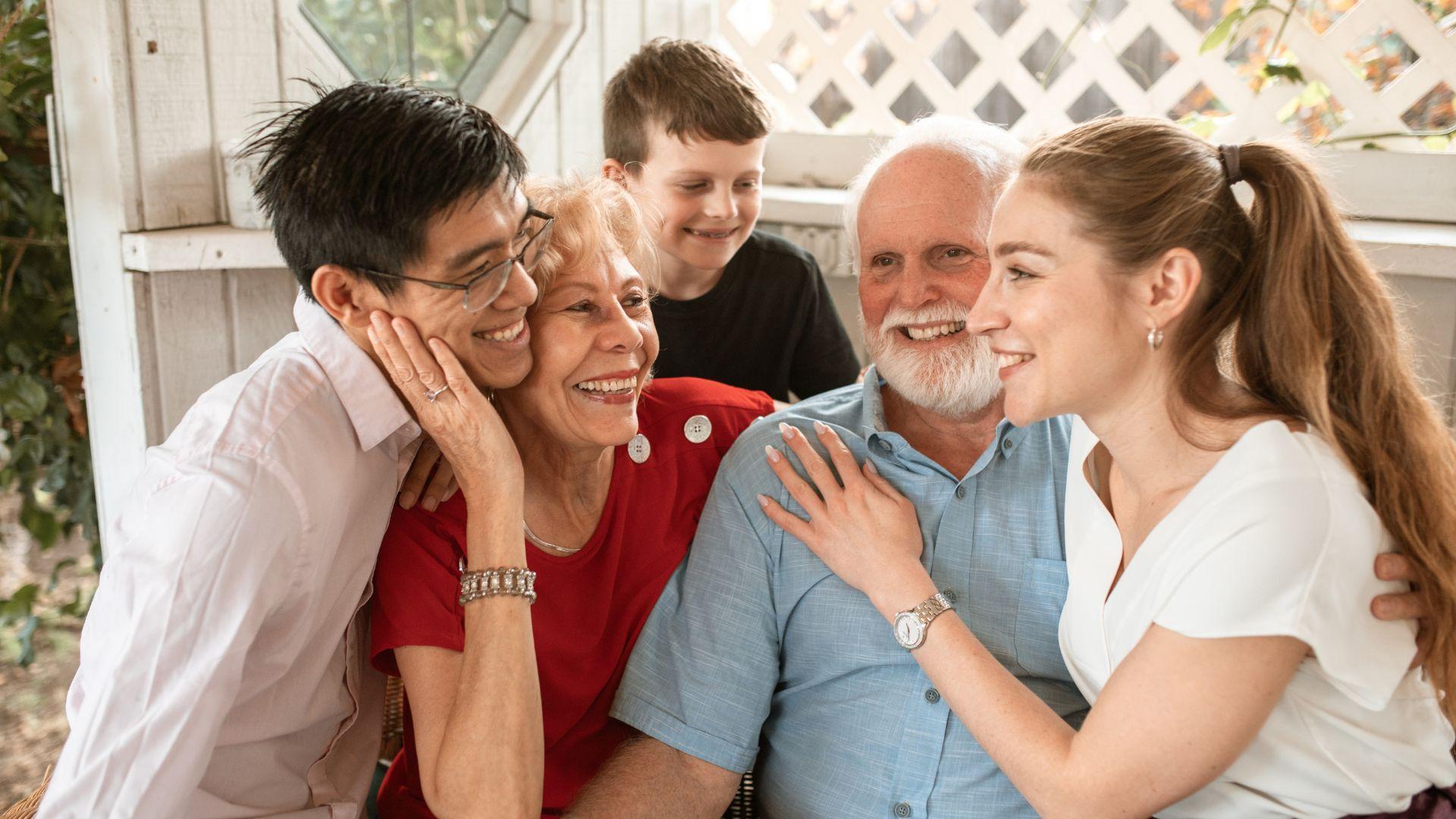“I’ve never been happier,” said Aisha Patterson, who moved into a trendy family compound in Oklahoma a year and a half ago. Her family, her parents, and her in-laws live together on one 20-acre property and grow their own food. Patterson has realized that family compound living has been a fantastic experience for her and her extended family.
“My children go from home to home whenever they need somebody,” Patterson says. When she and her mother discuss their living situation, she explains, “We look at each other sometimes and we just shake our heads like, ‘Is this real?’ It’s been the biggest blessing of our lives.” But is compound living a perfect match for you?
What is a Family Compound?
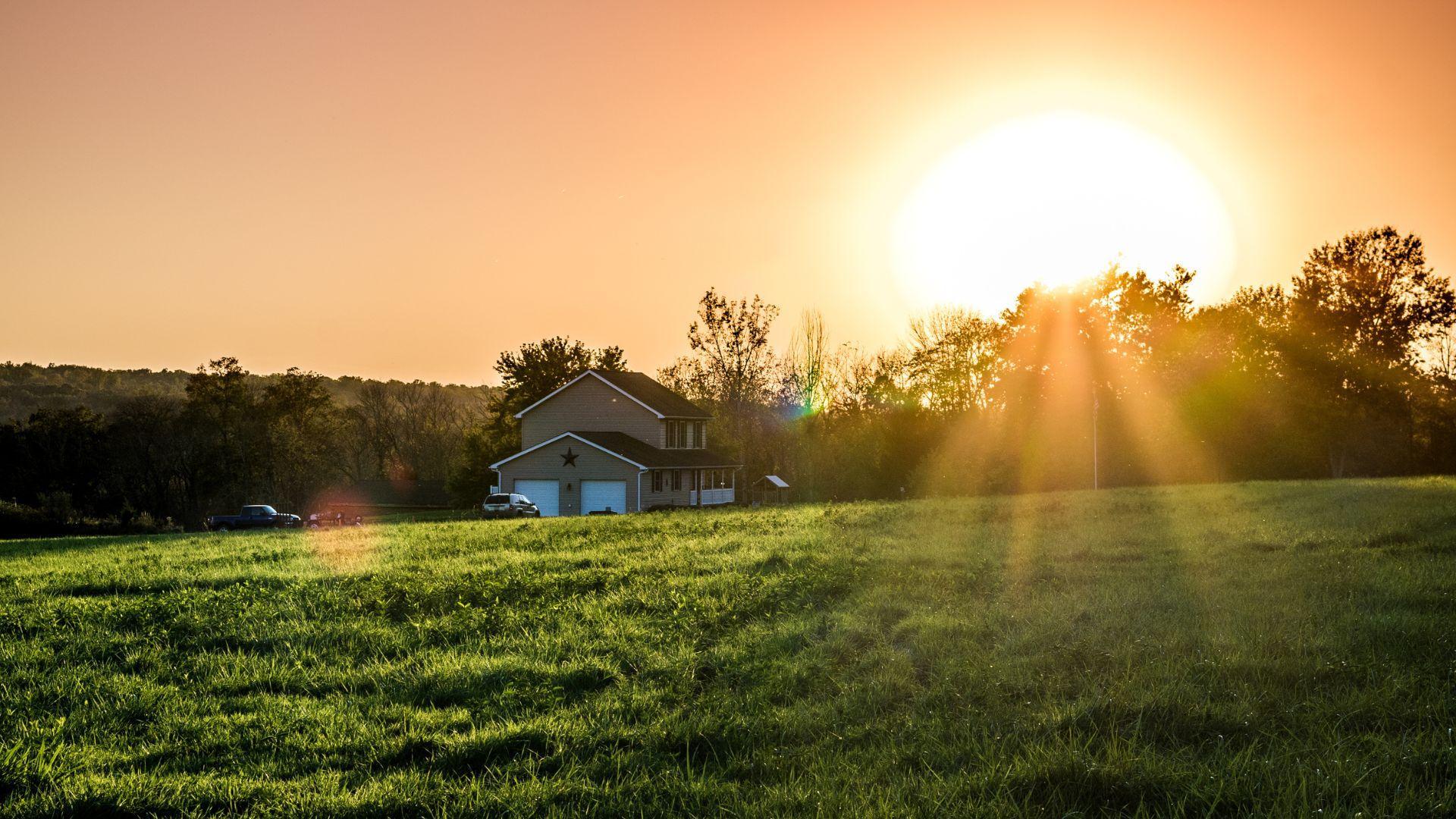
Family compounds usually involve multiple family members (or friends) buying a large plot of land together. This land either already has multiple houses on it or has enough space to build houses. Each nuclear family lives in their own house, but certain resources, like land, are shared among all of the extended family members.
In cities and suburbs, similar arrangements can be made. More compact family compounds can be achieved by accessory dwelling units or by purchasing a multi-level complex that comes with multiple apartments.
Interest in Family Compounds On The Rise
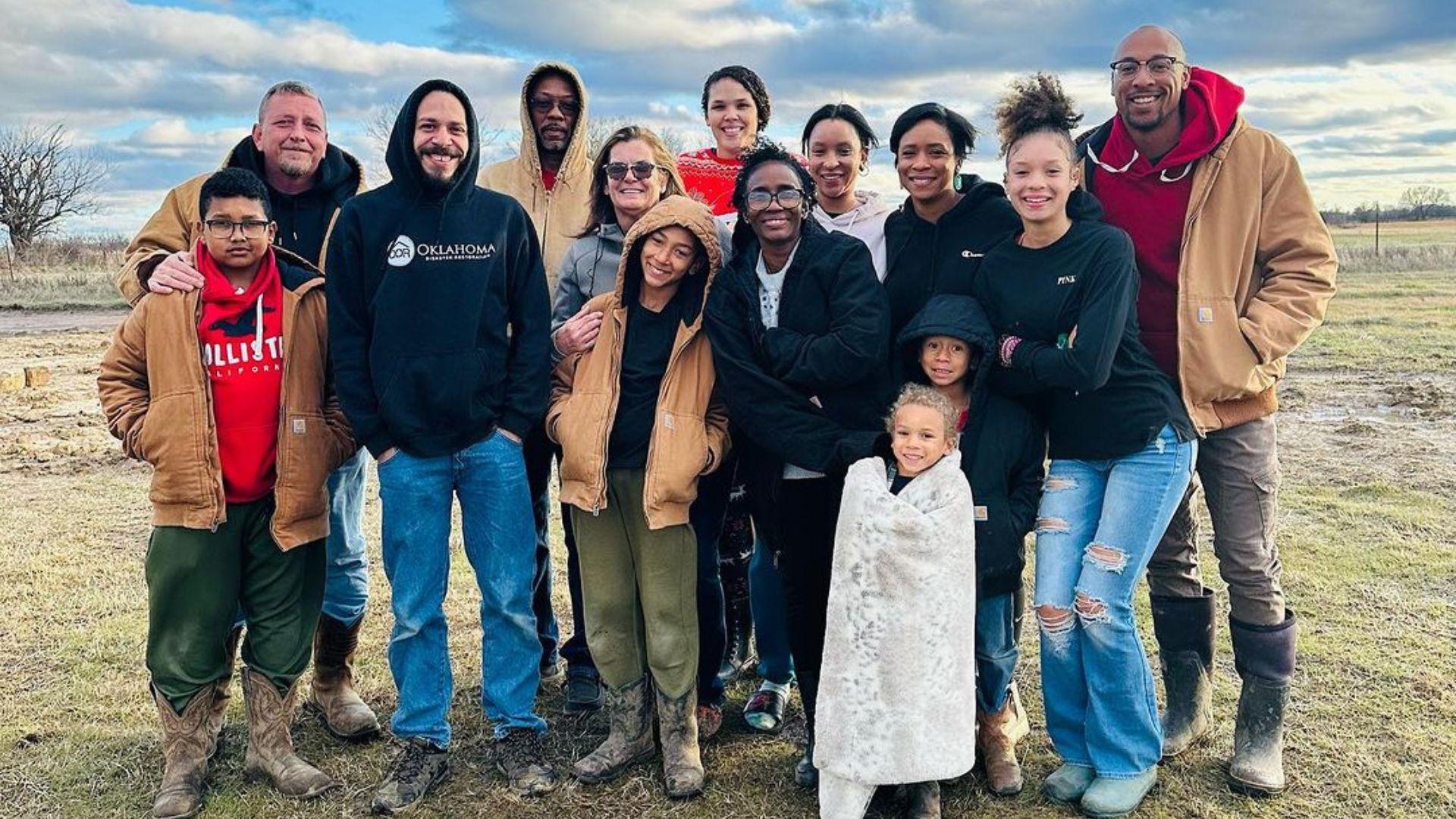
This style of living is not new, but has recently been gaining interest. According to Google Trends, more people searched the term “family compound” in July of 2024 than anytime in the past decade. “Family compounds for sale” and “what is a family compound” have become popular searches, too.
The trend has been popular on TikTok, too. Creators like Aisha Patterson have gained impressive followings by sharing their family compound experiences. Leah Ziliak, who has been a consultant for co-living spaces since 2019, said, “I’m seeing a huge interest in the industry in shared living and family compounds.”
The Single-Family Household of America
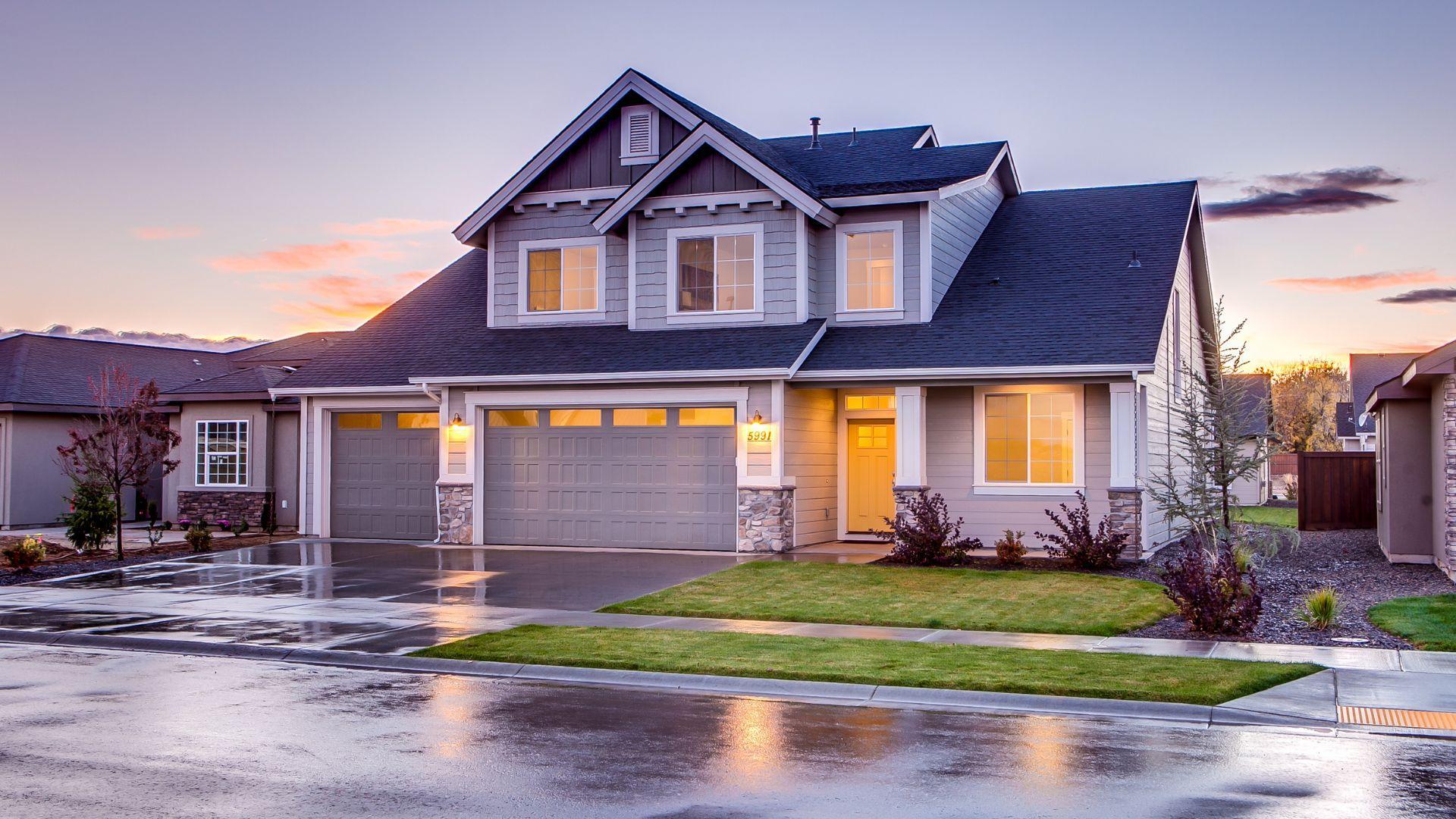
The American dream has long-idolized single-family households. However, Ziliak says that interest in family compounds has grown “especially in the US, where typically those scenarios aren’t as prevalent as they are in other cultures and other parts of the world.”
According to Ziliak, people in the US “are very independent, and we value our freedom and our space because there’s a lot of it.” However, in the stressors of modern life, people are finding lots of benefits to multigenerational compound living.
Burning Out

Aisha Patterson believes that burn-out is a large contributor to the newfound interest in compound living. She thinks that people are sick of the modern ethos of going at it all alone—the responsibility of homeownership and raising a family with just a spouse (or by yourself) is simply too much.
“People are going back to the way things used to be,” Patterson explained. She added that her life seems to go at a slower and more manageable pace. “Living like this has really allowed us to just appreciate the present moment, what’s in front of us, and just really be full of gratitude for our family,” she said.
A Post-Pandemic Trend

Ziliak says she’s seen the trend take off post-pandemic, especially. According to her observations, she believes that the time in lockdown gave many people an opportunity to question habits they’d long taken for granted.
Hayden Barbour, a family compound resident, gave her opinion: “2020 was a crazy year for everyone. And I think we just really realized what was important in our lives and what kind of lives we wanted to live… I believe families are supposed to stay together and live together. A lot of other countries still do that.”
Combating Loneliness

Many Americans feel lonely and disconnected from others. Interior designer María José Martinez discovered during the pandemic that she and her brother wanted to live together with their families full-time. “There’s a rootedness of it all that doesn’t feel as transient as it used to before, when I was just by myself,” Martinez explained.
Ziliak says that many have discovered that compound living is what works best for their mental and social health. “You don’t have to do things the way that everyone else has done them before, and you can do things that work better for you,” she said, “And for a lot of people, that’s being part of a community.”
Financial Benefits

Recently, housing costs have reached record highs. Martinez said that the decision to create a family compound was not just for the social and emotional benefits—it also made smart financial sense. “Coming together and sharing resources gives you more options,” she said.
“We still live in the city, but we have enough space to grow and to have a backyard,” Martinez explained. “It would be harder if it was one person or a single family trying to afford a house in a neighborhood like this.” She believes that the American emphasis on individualism and the nuclear family could shift as financial pressures encourage us to get more creative about how we live.
Support for the Young, Sick, and Elderly
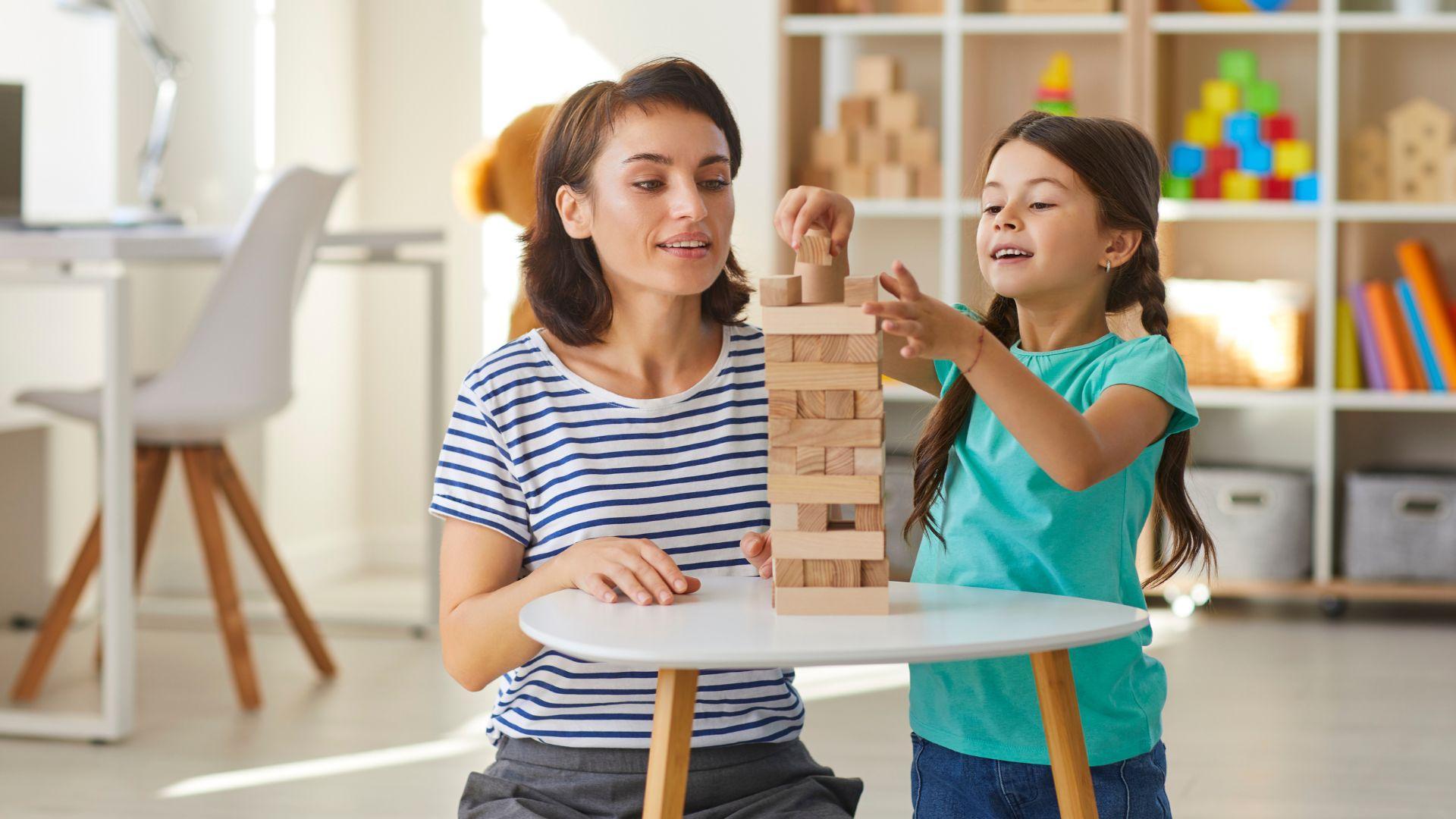
Family compounds have a built-in support system. It can be very helpful for child and elder care. Additionally, people can work together to help those who are sick.
When Aisha Patterson got surgery last month, she found that she had all the support she needed while she recovered at home. She sees her mother almost daily, and the two are grateful for their supportive living situation.
Familial Intimacy
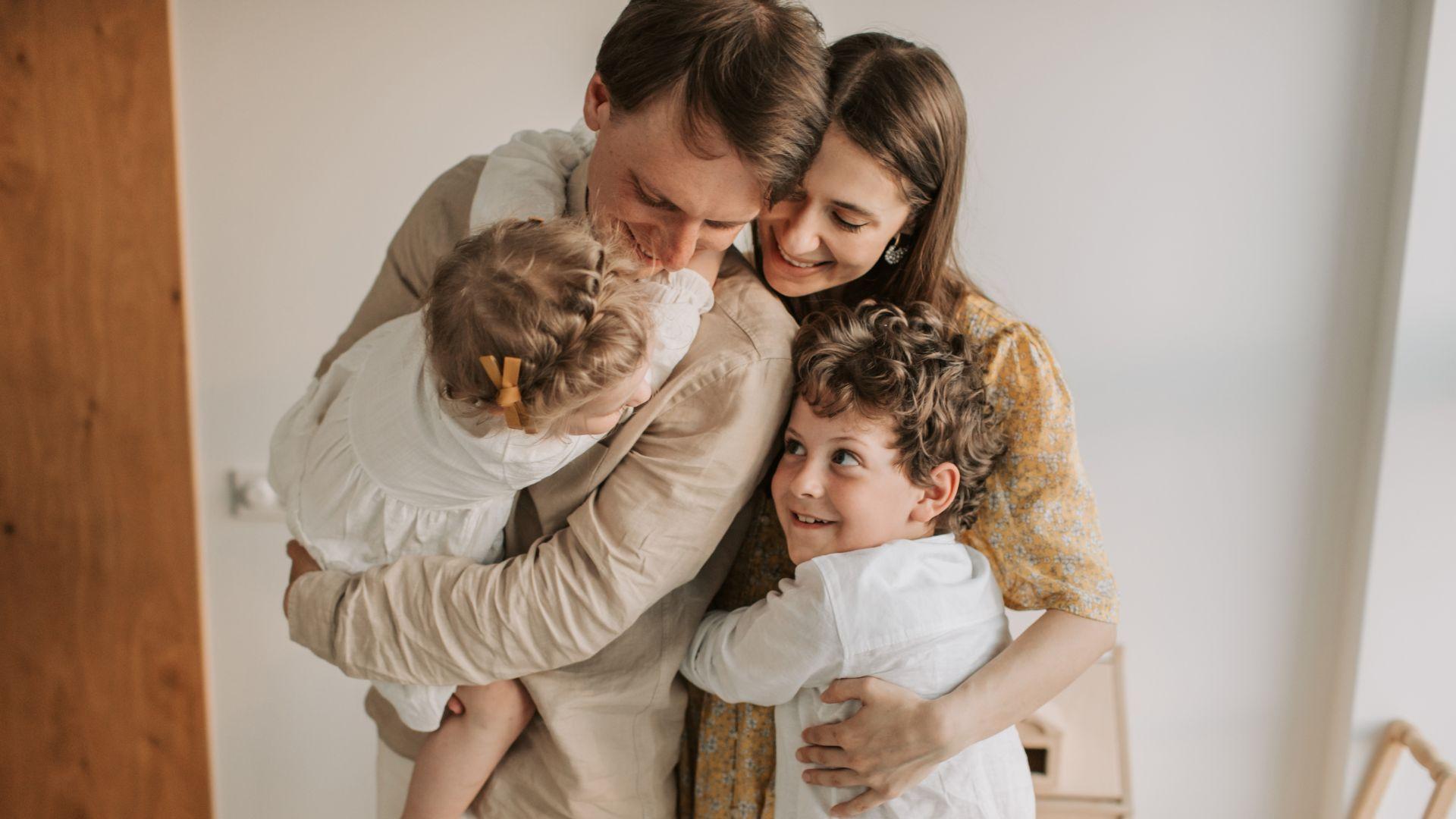
The support from others is a great benefit, but living so close to friends and family can result in a new and unfamiliar kind of familial intimacy. Barbour joked, “You’ve got to like your family, because you never know when they’re going to show up at your doorstep.” Between siblings, parents, in-laws, and anyone else on the property, you have to be open to helping others emotionally, physically, and financially.
“It’s definitely not for everybody,” Martinez admits. An initial healthy family relationship is a must, but in order to live in a successful family compound, there are many things to keep in mind.
Communication Required

Successful cohabitating requires deliberate communication. Patterson says that her family holds a meeting every other week to discuss schedules, finances, and what needs to be done around their compound. Additionally, anytime someone is upset by another’s actions, they address it immediately so grudges don’t form. “It really helps us to establish healthy relationships,” she said.
Martinez says that the households in her compound regularly go out for drinks to intentionally discuss how co-living is going. She explained, “Sometimes things don’t come up organically, and they need to be massaged and prompted so that we feel comfortable with hard conversations.”
Boundaries

Boundaries are also extremely important. All compound members need to feel respected so that tensions are less likely to arise. Ziliak suggests being very clear on any completely private spaces or times, and what you’re not open to sharing.
For example, Patterson’s mother keeps to herself on Mondays and has established a boundary that she won’t see any visitors that day. “Make sure everyone’s on the same level about what they want out of the experience, and lay out potential conflicts ahead of time,” Ziliak recommends.
Is Compound Living for You?
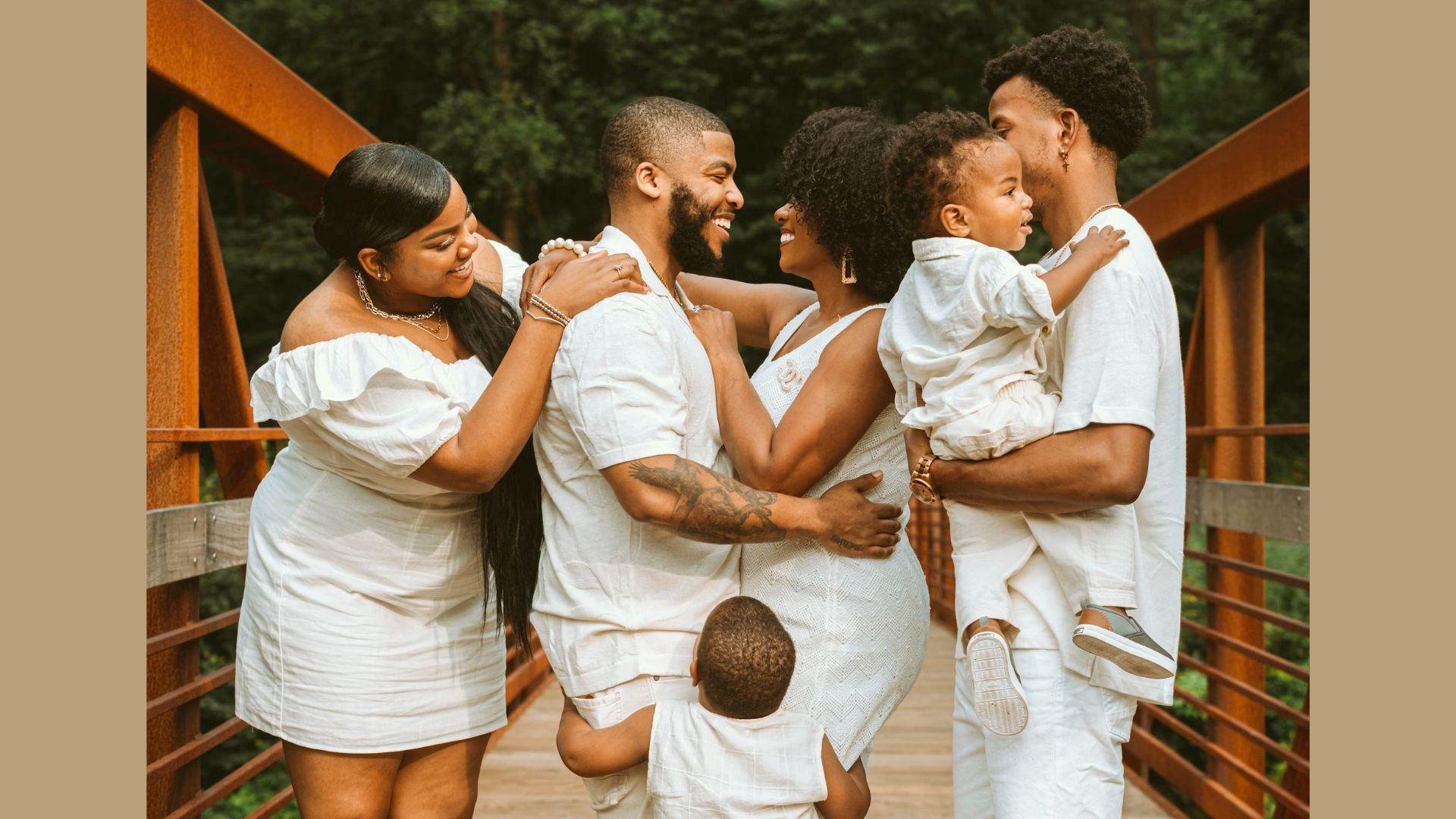
Compound living can be an extremely beneficial way to live for some. However, the pros and cons must be considered before this way of living is attempted. Ziliak recommends asking all of the potential compound families the most pertinent lifestyle questions before moving in together. For example, “What are the differences in lifestyles and parenting styles and personal habits that could cause tension in the future? What would it look like if someone wanted to leave or if someone wanted to sell?”
Compound living has many social, emotional, and financial benefits. It’s no wonder why it is a trending lifestyle that many are interested in trying for themselves.

